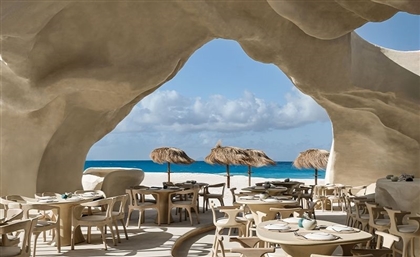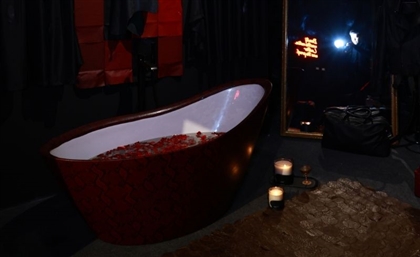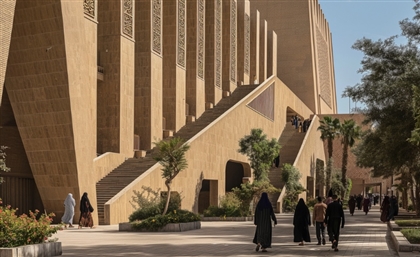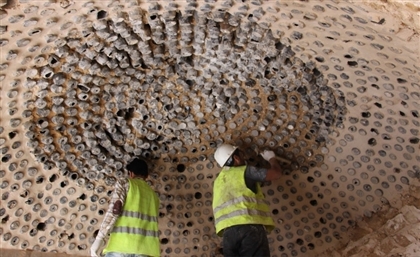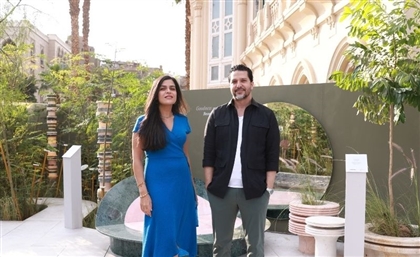Mustafa Kamel Museum in Cairo Encapsulates Egyptian Nationalism
One of its rooms hosts an oil painting depicting the infamous Denshawai incident, which led to Kamel’s execution.

Tucked under the iconic Cairo Citadel, Mustafa Kamel Museum was designed by Egyptian architect Ahmed Charmi in 1944. Mustafa Kamel, a key figure in the Egyptian nationalist movement, was moved to a mausoleum after his execution by British colonialists. The mausoleum was later turned into a museum, which was officially inaugurated in 1956.
Inside the museum’s grand hall, a marble shrine is covered in Quranic verses as it rests under a large copper chandelier that hangs from the dome. With subtle ribs running down its exterior, the dome sits atop Muqarnas-carved pendentives, circled by coloured glass windows that create an ethereal atmosphere as light beams through.
Mustafa Kamel’s room in the museum includes oil paintings of the Denshawai incident, narrating the crimes of British officers against Egyptian villages in 1906, which eventually led to Kamel’s execution.
Figures influential to the Egyptian nationalist movement - Mohamed Farid Pasha, Professor Abdel-Rahim El Rafie and Fathy Radwan - were also buried within the mausoleum, acting as a time capsule preserving a bygone era in Egyptian history, one that was rooted in pride.
- Previous Article The Enduring Charm of Jeddah’s Old Town of Al Balad
- Next Article Egyptian Embassies Around the World




